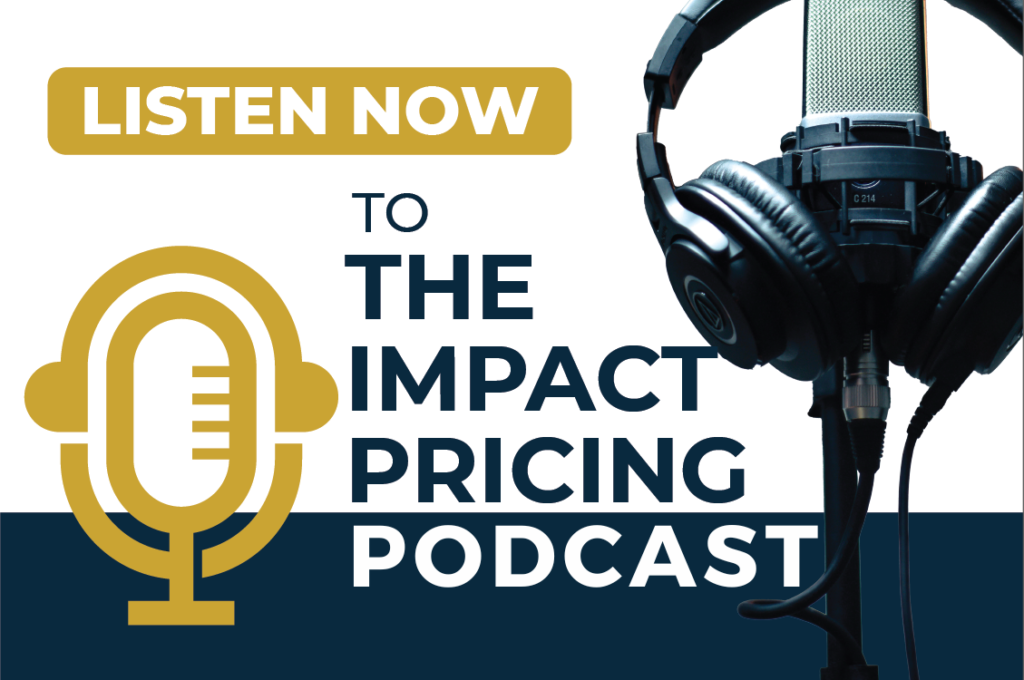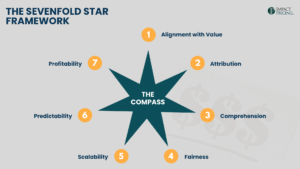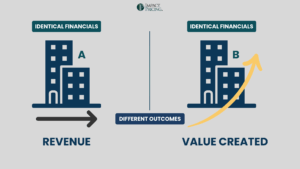Pricing metrics shape how buyers perceive value and how companies capture it. Choosing the right one is one of the hardest decisions in any business, especially in the world of AI, where costs, usage, and value move in unpredictable ways.
Should you charge per user, per transaction, per token, or per result? Each option sounds reasonable until you test it against real buyers and real economics. That is why every company experimenting with AI pricing needs structure.
The COMPASS Sevenfold Star, created by Michael Mansard, offers that structure. It provides a way to evaluate pricing metrics systematically instead of relying on guesswork or imitation. The Star helps you understand the trade-offs among options so you can make deliberate, evidence-based choices.
Why Pricing Metrics Fail
Most pricing models do not collapse because they are mathematically wrong. They fail because they are misaligned with how value is created or perceived.
A company may cling to per-seat pricing because it worked in SaaS, only to discover that seats have nothing to do with AI value. Another may charge per token because it is easy to meter but then find buyers confused or frustrated because tokens do not connect to business outcomes.
The solution is not to pick a new metric at random. It is to evaluate metrics against a consistent framework that considers both the buyer’s experience and the seller’s economics.
The Sevenfold Star Framework
The COMPASS Sevenfold Star evaluates pricing metrics across seven dimensions. Together they reveal how well a metric fits your product, your market, and your customers.
- Alignment with Value – Does the metric track with the buyer’s KPIs? When customers succeed, does revenue rise naturally?
- Attribution – Can you credibly link results to your product? Buyers must believe the outcome came from your solution, not external factors.
- Comprehension – Do buyers understand what drives their bill and can they estimate what they will pay? Confusion kills trust.
- Fairness – Does the metric feel like a fair exchange of value for money? Perceived fairness often matters more than precision.
- Scalability – Will the metric still work as customers grow or usage expands? Scalability ensures long-term viability.
- Predictability – Can both sides forecast costs and revenues with reasonable accuracy? Predictability reduces friction in budgeting and renewals.
- Profitability – After costs, infrastructure, and support, does the metric leave healthy margins?
Each dimension exposes a tension between buyer appeal and seller discipline. You will rarely score high on everything, but that is the point. The Star makes trade-offs explicit so your team can choose them consciously.
The Fourteen COMPASS Questions
To move from theory to action, Mansard paired each dimension with two diagnostic questions, fourteen in total. They are designed to guide discussion across product, finance, and sales.
- Alignment with Value
1. Does this metric correlate with how buyers measure success?
2. Can we quantify that relationship in a way buyers recognize?
- Attribution
3. Can we credibly link the buyer’s results to our product’s contribution?
4. Would the buyer agree that our solution deserves credit?
- Comprehension
5. Can the buyer easily understand what drives their bill?
6. Can they estimate future costs without help? - Fairness
7. Does the buyer feel that paying more reflects receiving more value?
8. Would it still feel fair at high usage or cost levels? - Scalability
9. Will the metric remain workable as usage or customer size expands?
10. Does it encourage growth or punish success? - Predictability
11. Can we forecast revenue accurately?
12. Can buyers budget their spend confidently? - Profitability
13. Does this metric cover variable costs and fund innovation?
14. Can we sustain margins as costs evolve?
Answering these questions forces teams to look beyond intuition. A token-based model might score well on predictability and profitability but poorly on comprehension and fairness. A per-resolution model might excel on value alignment but create attribution and margin risks. Seeing the scores side by side helps teams debate trade-offs clearly.
How to Apply the Sevenfold Star
- Start with candidates.
List all potential metrics such as per seat, per agent, per activity, per output, and per outcome. - Score each one.
Discuss the fourteen questions as a group and rate each dimension on a simple one-to-five scale. - Visualize the trade-offs.
Plot the results on a seven-point star diagram. Gaps in the shape show where a metric is weak or unbalanced. - Debate and decide.
Focus less on the scores themselves and more on why they differ. Maybe one metric delights buyers but endangers profitability, while another is safe but uninspiring. - Revisit periodically.
Markets evolve, and so should your metrics. Re-evaluate them as products mature, buyers gain experience, or costs shift.
This process transforms pricing from a one-time decision into a continuous learning system. It also helps teams communicate their reasoning. Instead of saying, “we price per agent because competitors do,” you can explain, “we chose per agent because it balances predictability and scalability for our market, even if it is weaker on direct value alignment.”
Two Examples in Action
Intercom Fin charges per resolved support case. This metric scores high on alignment with value and fairness since customers only pay when cases are closed. It is easy to understand and predictable for budgeting. Yet it scores lower on attribution (was the resolution handled by Fin or by a human?) and scalability (high-volume customers may need discounts). Still, the overall balance works because the metric ties directly to a customer KPI, cases resolved.
Salesforce Agentforce started with per-conversation pricing, which was simple but inconsistent. Not every conversation carried the same value. The company shifted to a more flexible model that bundles several activity and output measures. The new approach improved fairness and scalability even though comprehension remained a challenge. Buyers gained more control, and Salesforce preserved flexibility as the product evolved.
Both examples show how the Sevenfold Star does not dictate a single answer. It reveals trade-offs so leaders can make conscious, transparent choices.
Why This Matters
AI has opened a floodgate of experimentation in pricing and confusion with it. Companies experiment with per token, per transaction, per model call, or per result, often without knowing why. The COMPASS Sevenfold Star restores structure. It gives teams a way to compare ideas objectively, expose blind spots, and explain decisions clearly.
More importantly, it anchors pricing in its real purpose: connecting value creation to revenue capture. Pricing metrics are not just billing units; they are strategic levers that signal value, shape buyer behavior, and determine profitability.
The Sevenfold Star turns pricing from art into structured exploration. It reminds us that every metric is a choice about who carries which risk and how value gets shared. Making those choices deliberately is what separates guesswork from good strategy.
In short, the Sevenfold Star does not give you the answer; it gives you a way to find it. Evaluate each metric through the seven lenses, answer the fourteen questions, and decide your trade-offs with intent. When you do, your pricing stops being arbitrary and starts becoming strategic.
Now, go make an impact!
 Tags: pricing, Pricing AI, pricing foundations, pricing metrics, pricing strategy, pricing value
Tags: pricing, Pricing AI, pricing foundations, pricing metrics, pricing strategy, pricing value













